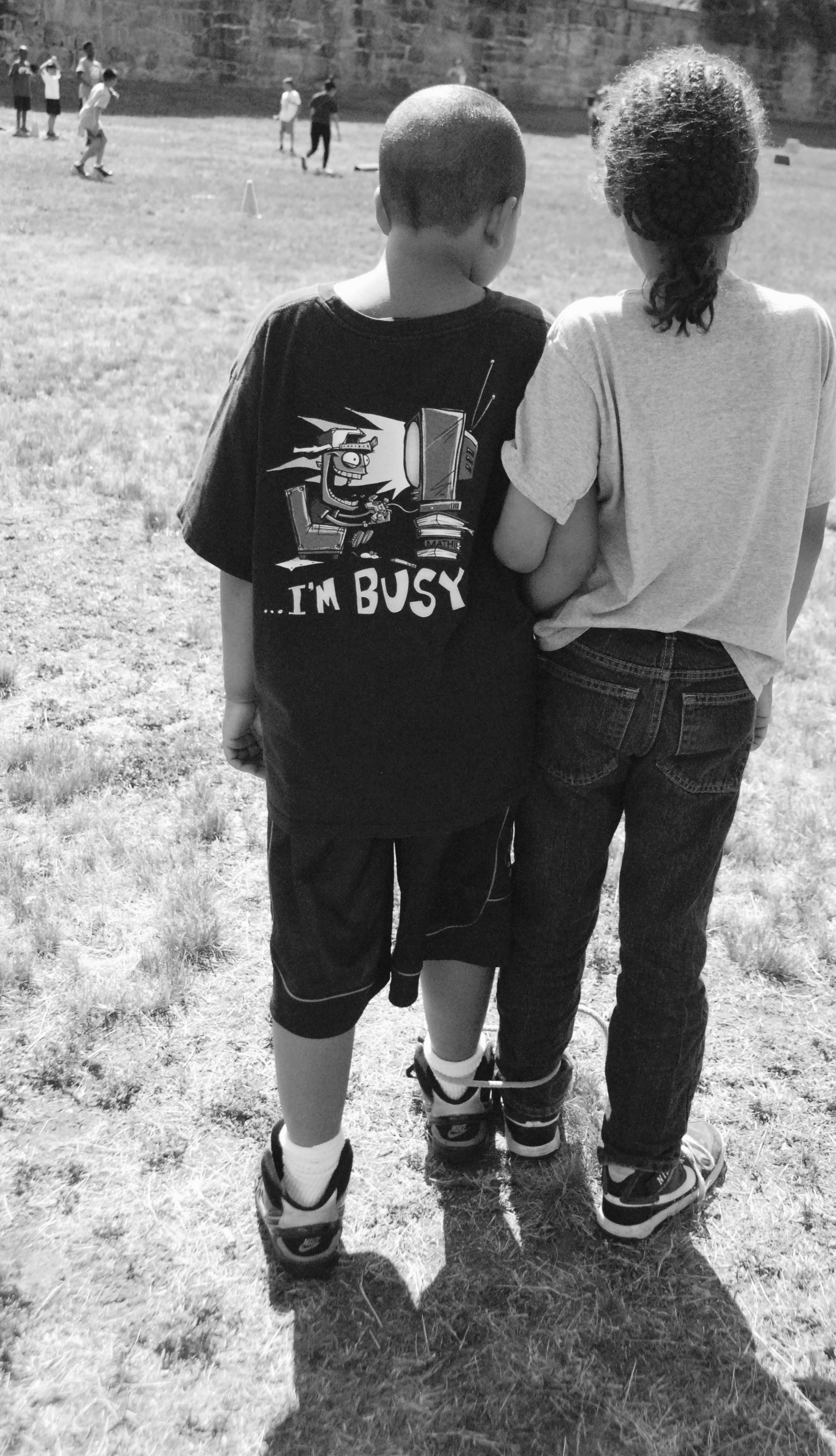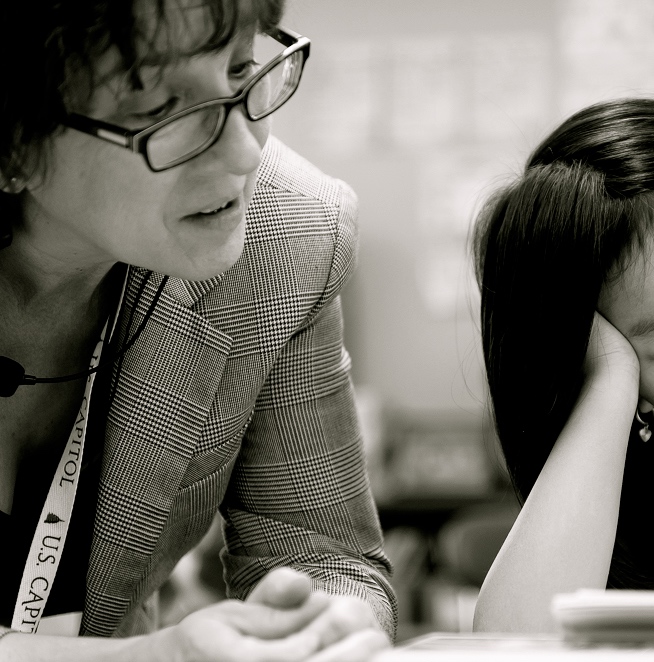The Toyota Principle: Collaboration
Educational leaders could take a page from one of the world's leaders in the automotive industry.Lately, educational leadership types keep trying to model education after industry. One of the problems with that idea is that some aspects of successful companies seems to be conveniently forgotten. For whatever reason, leaders at national and state, and sometimes local levels don't trust highly skilled and trained professionals to know what to do.Listening to "This American Life" on NPR this weekend, I learned about NUMMI which at the time of the original story was a joint venture between General Motors and Toyota. About 15 minutes in, we hear of the Toyota principle of teamwork. Elena Aguilar, a contributor at Edutopia.com, describes the following characteristics needed by education teams in this article posted on Edutopia, Five Characteristics of an Effective School Team:
Elena Aguilar, a contributor at Edutopia.com, describes the following characteristics needed by education teams in this article posted on Edutopia, Five Characteristics of an Effective School Team:
- a common purpose or mission
- a safe place to take risks
- respectful disagreement
- trust and
- at least one strong leader
Forward to about the 15 minute mark in this link to the story of the Nummi Plant from This American Life. It is at this point in the story, that the lessons educational leaders need to take away from Toyota and the Toyota principle seem to intersect.In the Toyota model, when a team member appears to be struggling, the other team members will ask if that struggling member needs help. This astounds the visiting GM workers. In their California plant, no one offered help; instead the line manager would scold, yell or take other punitive actions.As the interviewees continue to tell the story, we learn about the collaborative nature of the Toyota assembly line. If there is a problem, any member is expected to voice ideas for resolution. And the ideas are truly listened to; everyone is expected to be part of the solution. According to the interviewees, it was not unusual for a worker on the line to make a suggestion (based on their own observation) and a short time later, the suggested resolution would appear. Imagine the power of that gesture: Your expertise and opinions are vital to our success.Let's compare that with top-down educational leadership today. Teachers are told what to teach, when to teach it, how to teach it, and how long to teach it. Not much room for listening or collaboration in that model.As I listened to this transformational story, I couldn't help but reflect on what happens in educational "teams" today. One must be very brave to let the schedules slip, even though the reason for missing a "deadline" (i.e., assessment) might have a basis in sound educational practice.So called ed-reformers emboldened by their own monetary success from their time in private industry need to take a look at Toyota's success and perhaps their own business models. Listen to the experts who are working on the front lines; be more of a partner and less of a boss. And let the educational workplace become an environment safer for innovation and solutions.
